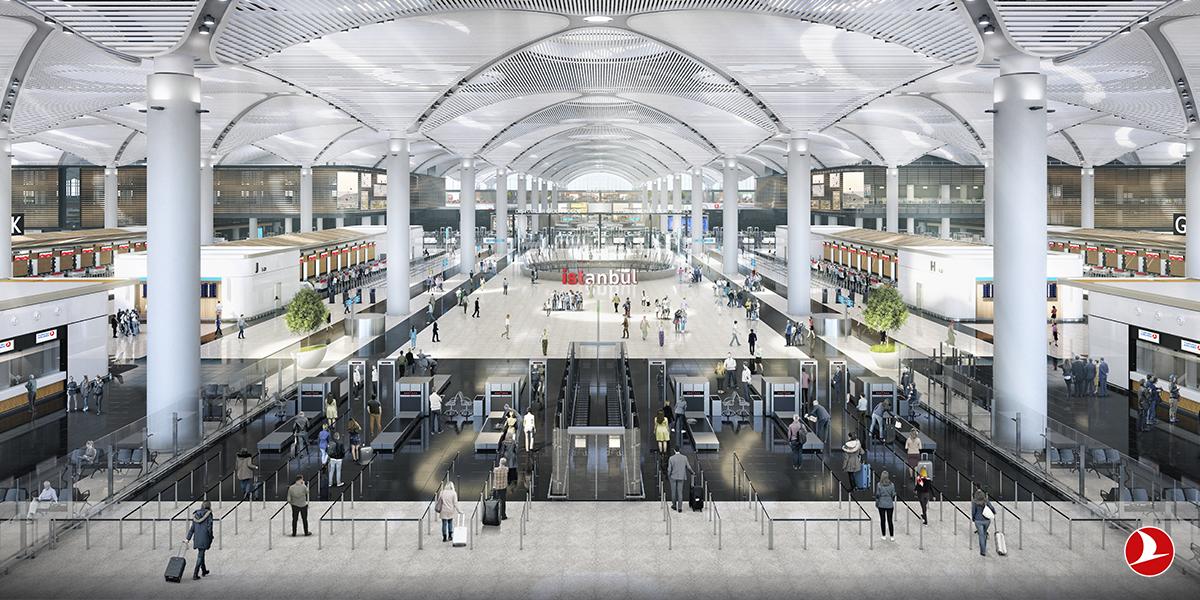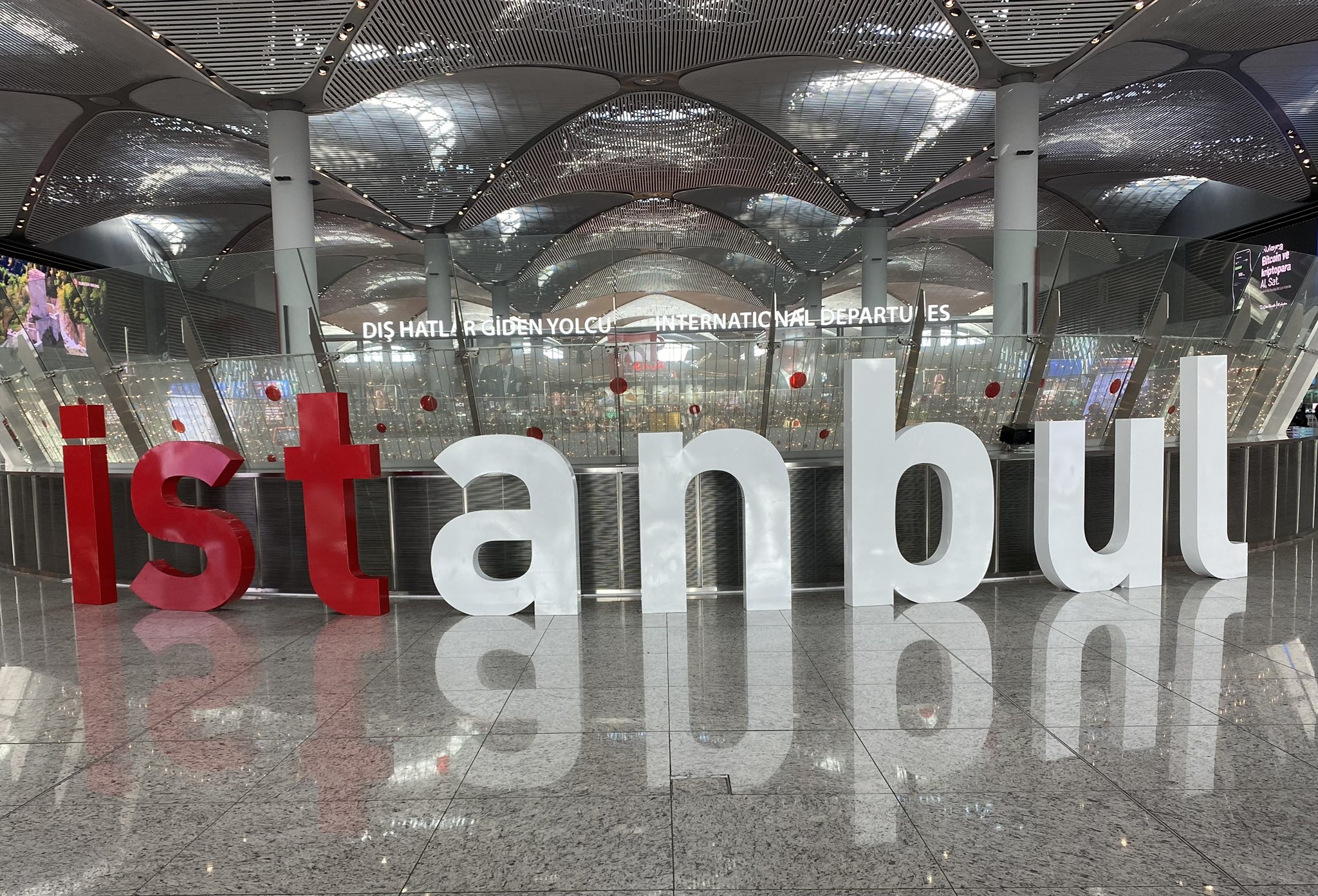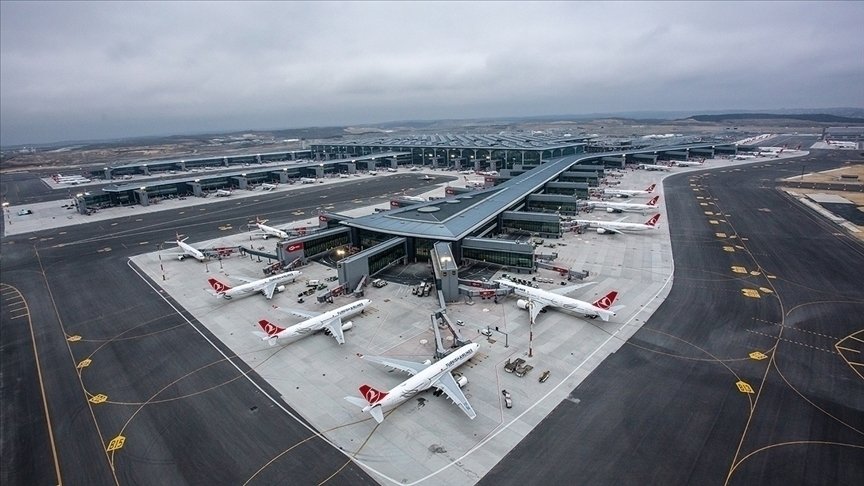
During the week of April 21 to April 27, 2025, Istanbul Airport claimed the title of Europe’s busiest airport, a feat largely attributed to a recent major upgrade in its runway operations. Data released by The European Organization for the Safety of Air Navigation (EUROCONTROL) revealed that the airport managed an average of 1,482 flights per day, outpacing other leading European airports such as Amsterdam Schiphol and London Heathrow.

This surge in activity followed the introduction of Europe’s first triple independent runway system on April 17, 2025. This innovative setup allows three runways to be used simultaneously for takeoffs and landings, boosting the airport’s hourly flight capacity from 120 to 148 movements. The new system not only reduces aircraft waiting times and delays but also cuts down on taxiing times, helping to lower carbon emissions and promote more environmentally friendly operations.
The implementation of this advanced runway configuration was a coordinated effort involving multiple stakeholders, including İGA Istanbul Airport, the State Airports Authority (DHMI), the Directorate General of Civil Aviation (SHGM), Turkish Airlines, and EUROCONTROL. To prepare for this change, over 500 air traffic controllers completed more than 4,500 hours of intensive training focused on managing the new airspace layout safely and efficiently.
The system is supported by state-of-the-art radar technology and integrated with Airport Collaborative Decision Making (A-CDM) tools, which enhance runway utilization and improve flight scheduling accuracy.

The launch event featured a symbolic simultaneous takeoff of three Turkish Airlines flights, attended by Türkiye’s Minister of Transport and Infrastructure, Abdulkadir Uraloğlu, who emphasized the strategic significance of this development in elevating Istanbul Airport’s global standing. Turkish Airlines Chairman Prof. Ahmet Bolat also praised the upgrade, highlighting its potential to improve flight punctuality and support the airline’s expansion plans.
This operational advancement aligns with Istanbul Airport’s long-term goal of accommodating up to 200 million passengers annually. In 2024, the airport already served around 80 million travelers, making it one of Europe’s busiest hubs after London Heathrow. The increased runway capacity is expected to enhance both passenger and cargo throughput, stimulate tourism and business travel, and generate substantial economic benefits. Additionally, the environmental improvements resulting from reduced fuel consumption and emissions underscore the airport’s commitment to sustainable growth.

The enhanced efficiency at Istanbul Airport is also anticipated to have positive ripple effects across European airspace by easing congestion and improving overall traffic flow. This milestone sets a new standard for airport operations and positions Istanbul as a leading example of innovation in the global aviation industry.
In essence, Istanbul Airport’s emergence as Europe’s busiest airport during this period is closely linked to the successful deployment of its pioneering triple independent runway system, which has significantly expanded its operational capacity, improved passenger experience, and reinforced its role as a major international aviation hub.






















.jpg)




.jpg)



.jpg)








.jpg)
.jpg)





.jpg)















